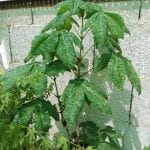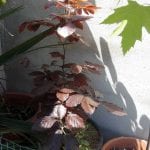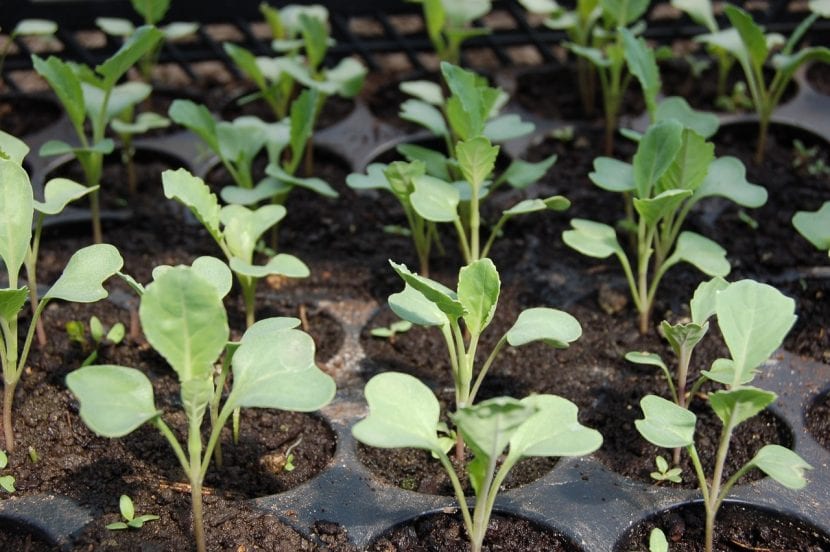
When to make seedbeds? The seeds need specific conditions to be able to germinate, and this is something that, especially when you start to grow plants, makes you have a thousand and one doubts because of course, not all the plants come from the same place and, therefore, not all of them can be adapted to the area where we live.
However, I want you to know something: you can "play" a little. Do experiments. In fact, this is the most beautiful and fascinating thing about gardening: two and two are never four 😉. You may have read twenty cards of a specific species and in the twenty they say that, for example, it does not support the Mediterranean heat, but then you sow that seed and, against all odds, it can bear it without problems. Why?
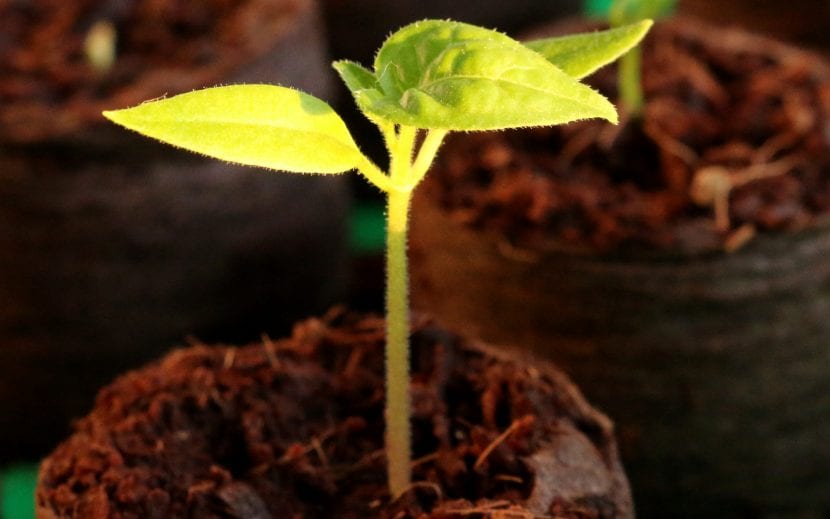
It may be because you have an area with a microclimate ideal for that particular species, or that you planted it in a substratum that allows the roots to be properly aerated and to absorb the water without difficulty and carry it, through the stem, to the rest of the plant.
More than once I have been told that »you cannot grow Japanese maples where you live; you all die »; even a teacher I had told me that in my area it was impossible to have a Aesculus hipposcatanum, and let's not even talk about one Fagus sylvatica. It is logical: They are trees of temperate climates, and they are not prepared to withstand temperatures of more than 30 degrees Celsius several days in a row, and where I live every summer we exceed 35ºC… What would I be thinking? It's crazy!
- Fagus sylvatica 'Atropurpurea', April 12, 2017. Second year in the south of Mallorca.
Yes, but what do you enjoy experiencing? Nobody can take that away from you, because in addition you can always get a surprise, or more than one. The trick is knowing how to choose the best time to acquire, in this case, the seeds.
Always try to respect the natural cycle of the species; that is, if it is a plant whose fruits finish maturing in autumn, the ideal is to sow the seeds in that season so that they can germinate in spring; If instead the fruits ripen in spring, they will be sown in summer. But of course, What do we do if the climate we have is not exactly the most suitable, or if we have forgotten to sow them in their time?
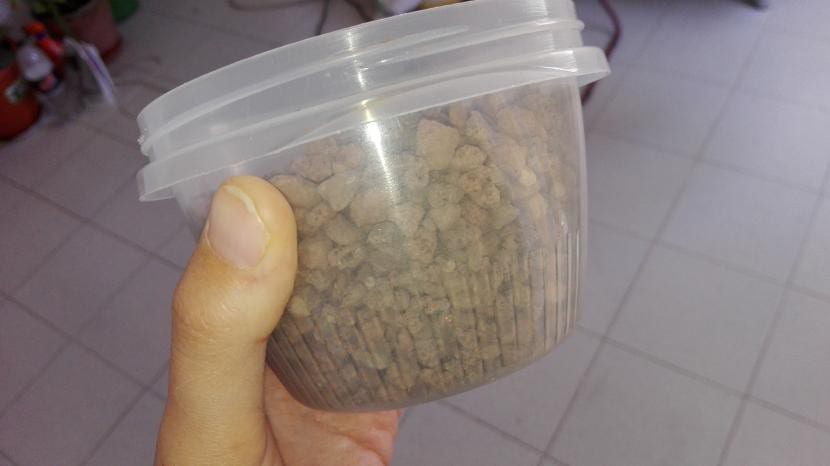
Well, when that happens you can do two things:
- Store the seeds in a cool, dry place until next year.
- Or, do your best to try to mimic the environmental conditions they need to germinate; that is, we would have to do the following:
- Stratify those seeds that need to be cold before germinating, such as those of the arces, oaks (Quercus), beech (Fagus sylvatica), horse chestnuts (Aesculus hippocastanum), redwoods, marsh cypress (Taxodium distichum), ginkgo, etc.
- Sow the seeds that need warm temperatures in early autumn (if no frost occurs) or already in spring, such as those of succulents (cactus, succulent plants y caudiciform), vivid flowers y perennials (geraniums, dimorphic libraries, gazania, among other).
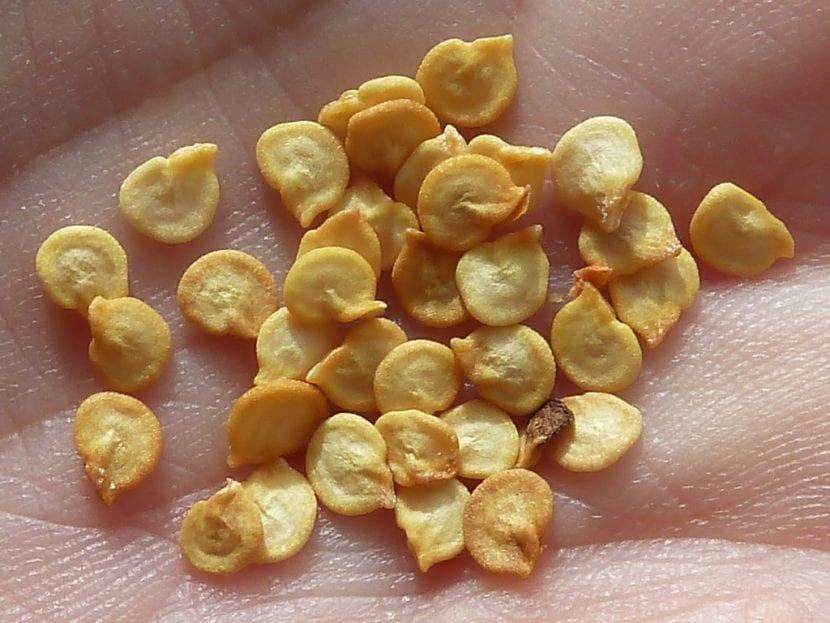
Capsicum anuum seeds (chile)
The only plants that we will not be able to experiment with - unless we have a heated greenhouse - are horticultural plants, bulbous plants and those with a short cycle. (annual or biannual). These, yes or yes, have to be planted at the appropriate time, otherwise it is most likely that they will not mature enough to be able to flower or, much less, bear fruit, with which we would not be able to have either a harvest or precious crops. flowers.
Then, When to make seedbeds? The answer is… it depends 🙂. It depends on the type of plant you want to plant. It is true that the perfect time to sow is in spring, but not all of them have to germinate in this season. To have more or less an idea of when to plant them, here is a list:
- Trees and shrubs: in general they will be sown in spring, but it must be taken into account that, if they come from areas where frosts occur in winter, they will need to be cold before germinating.
- Bulbous: depends on when they bloom.
- Of summer: those that bloom in summer have to be sown in autumn, like the reeds of the Indies (canna indica), amaryllis, dahlias (Dahlia sp.), etc.
- Winter: those that bloom at the end of winter or beginning of spring must be planted in spring or, at the latest, in summer, such as tulips (Tulipa sp), hyacinths (Hyacinthus sp.), daffodils (Narcissus sp.), etc.
- Horticultural: it depends what species it is. Most are sown in spring, but chard, cauliflower, beets, spinach or cabbage, among others, should be sown in the fall.
- Palms: in spring or summer.
- Seasonal plants: depends. If they bloom in spring, like the begonias, carnations or petunias, they have to be sown in autumn; otherwise, such as the zinnias, chrysanthemums or echinaceae (Echinacea sp), will be sown in spring.
- Succulent (cactus, succulents and caudiciforms): in spring or summer.
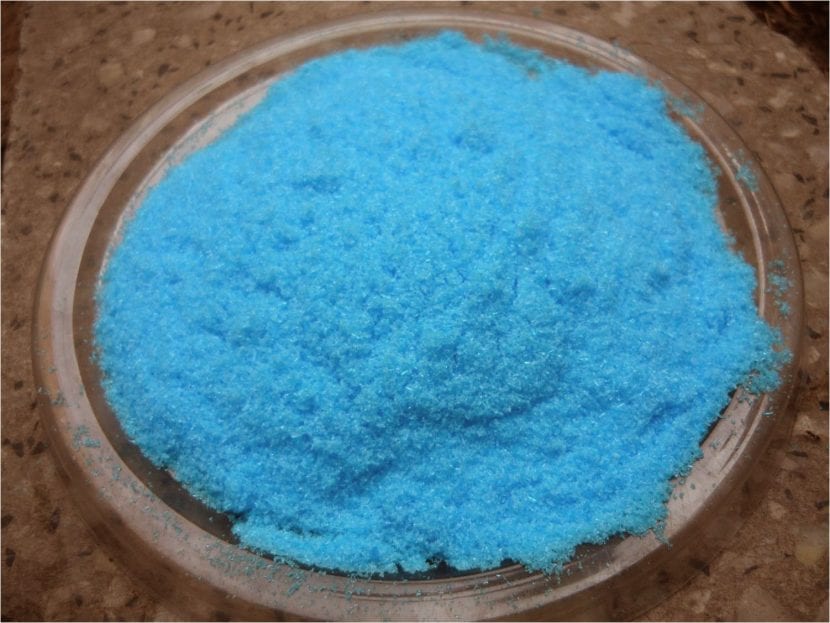
Image - Ecological Alternative
Lastly, it is important to avoid the proliferation of fungi. These microorganisms can quickly kill the seedlings, even the seeds. Irrigation must be controlled and, above all, the seedbeds should be treated with sulfur or copper (in spring and autumn) and with spray fungicides in summer. This way, the little plants can grow healthy and strong 🙂.
